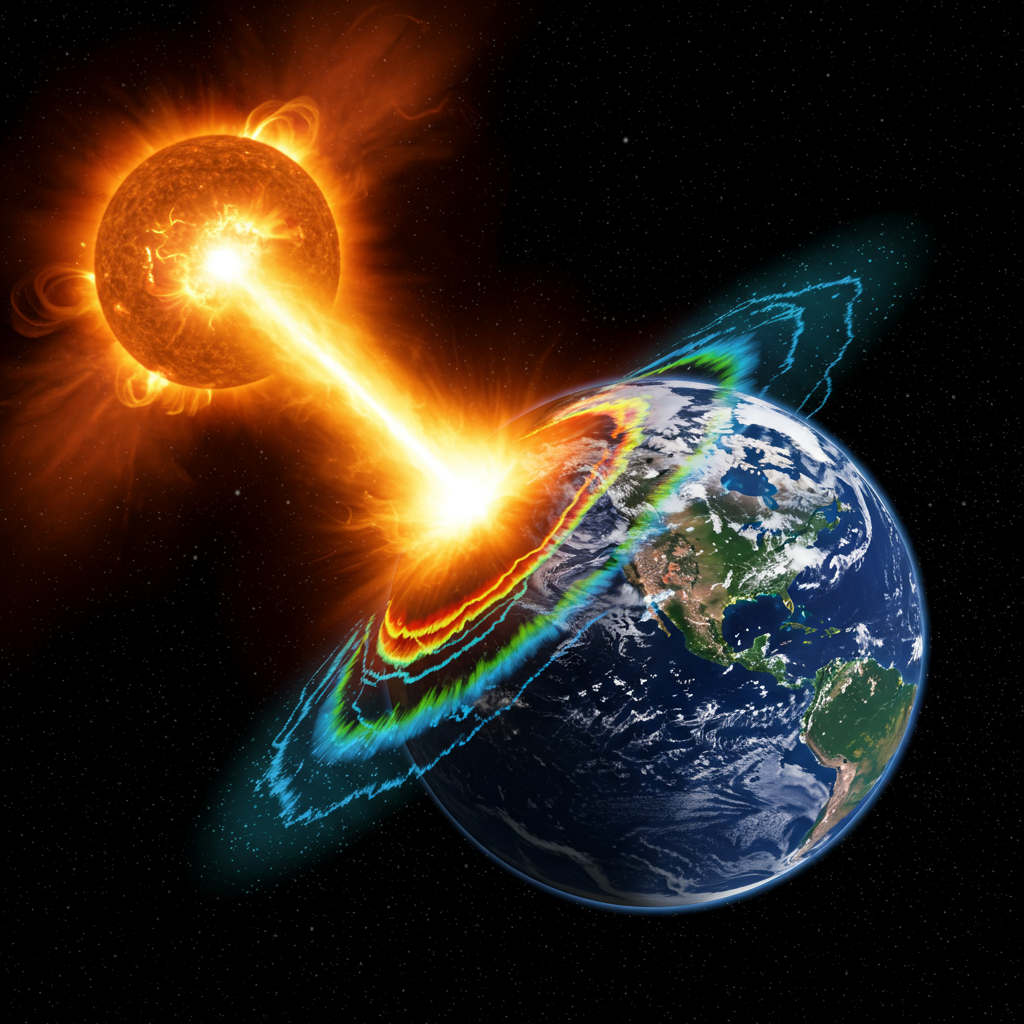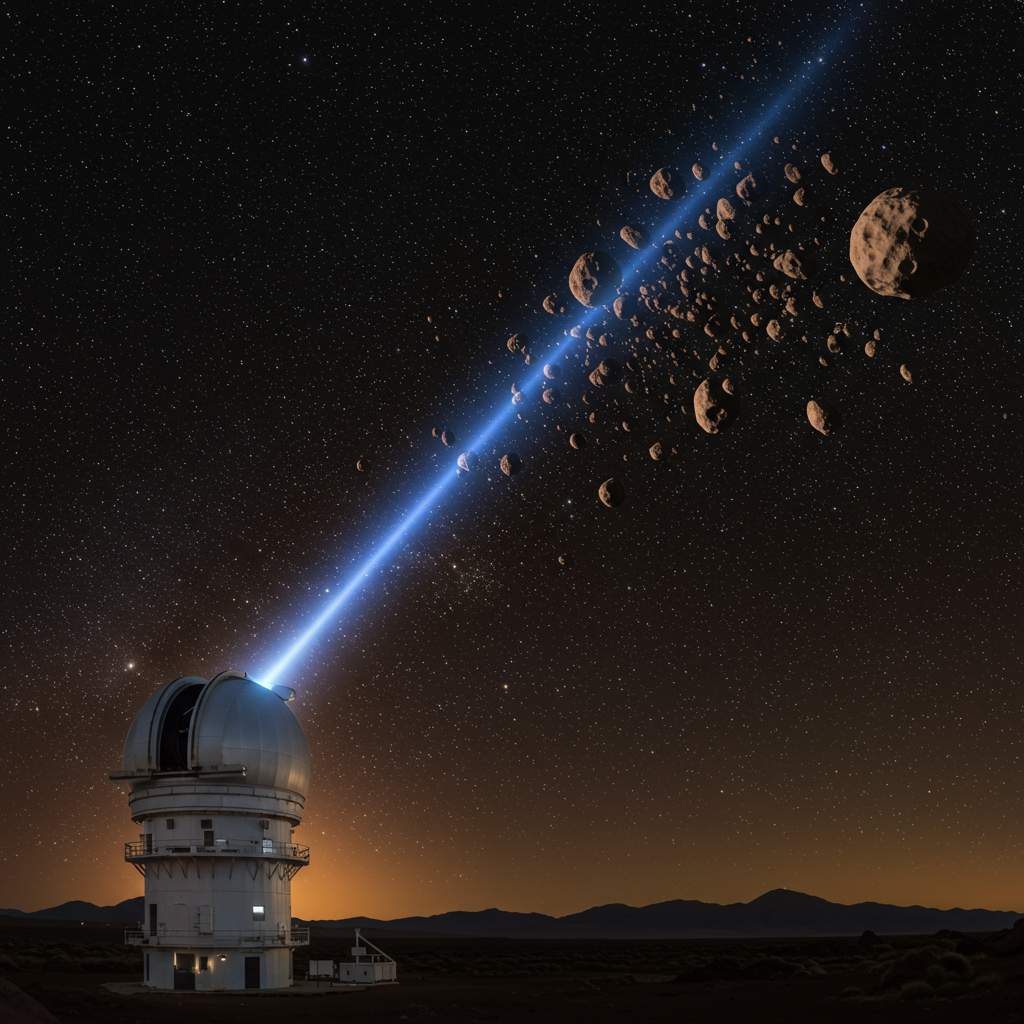The sun has unleashed another powerful eruption, categorized as an X1.9 class solar flare. Originating from the highly active sunspot region 4114, the blast peaked late on June 19, causing significant shortwave radio blackouts across large parts of the Pacific Ocean, including Hawaii.
This event, which occurred at 9:50 p.m. EDT on June 19 (0150 GMT June 20), delivered an intense surge of electromagnetic radiation towards Earth. While this specific flare itself did not immediately eject a coronal mass ejection (CME) – the massive clouds of plasma that can trigger geomagnetic storms and stunning auroras – it did have a noticeable impact on our planet’s upper atmosphere.
Why the Radio Blackout?
The immediate consequence of such a powerful solar flare is the disruption of shortwave radio communications. When intense X-rays and extreme ultraviolet radiation from a flare reach Earth – which they do at the speed of light, in just over eight minutes – they ionize the planet’s upper atmosphere, particularly the layers used for long-distance radio transmission.
This increased ionization changes the density of the atmosphere, causing high-frequency shortwave radio signals (typically below 25 MHz) to weaken or be completely absorbed as they pass through the charged layers. This phenomenon leads to sudden radio blackouts, affecting operators of amateur ham radios, aviation, and other communication systems that rely on these frequencies. The recent X1.9 flare resulted in a blackout centered over the Pacific, impacting those in places like Hawaii particularly strongly.
Sunspot Region 4114: A Prolific ‘Flare Factory’
Sunspot region 4114 has become a focal point for solar activity in recent days. This X1.9 flare is the most powerful eruption yet from this area. Just days prior, the same region produced an X1.2 flare on June 17, which also triggered radio blackouts over the Pacific. Before that, on June 15, region 4114 unleashed a powerful M8.46 flare – just shy of X-class intensity – which did launch a partially Earth-directed CME, potentially causing minor geomagnetic storm conditions and aurora visibility in some northern regions around June 18.
The repeated, powerful eruptions from sunspot 4114 highlight its magnetic complexity and instability. While the June 19th X1.9 flare didn’t produce a direct CME itself, observations indicate it may have destabilized a large magnetic filament on the sun’s southern hemisphere, which is now reportedly erupting. Such a filament eruption could potentially release plasma towards Earth, carrying the risk of future geomagnetic storms and auroras.
The Broader Picture: Entering Solar Maximum
These recent intense events, including multiple X-class and high-level M-class flares from regions like 4114, are strong indicators that the sun is rapidly approaching or has already entered the peak of its approximately 11-year activity cycle, known as solar maximum.
Current solar activity is proving to be more intense and arriving earlier than initial forecasts predicted. This period of increased activity means we can expect more powerful flares, CMEs, and associated space weather phenomena in the coming months. While potentially disrupting technologies like radio communications, satellites, and power grids, increased solar activity also brings the exciting possibility of more frequent and widespread aurora displays, visible sometimes even at lower latitudes than usual.
Monitoring sunspot regions like 4114 and keeping an eye on space weather forecasts is essential as the sun continues its energetic journey towards solar maximum.




